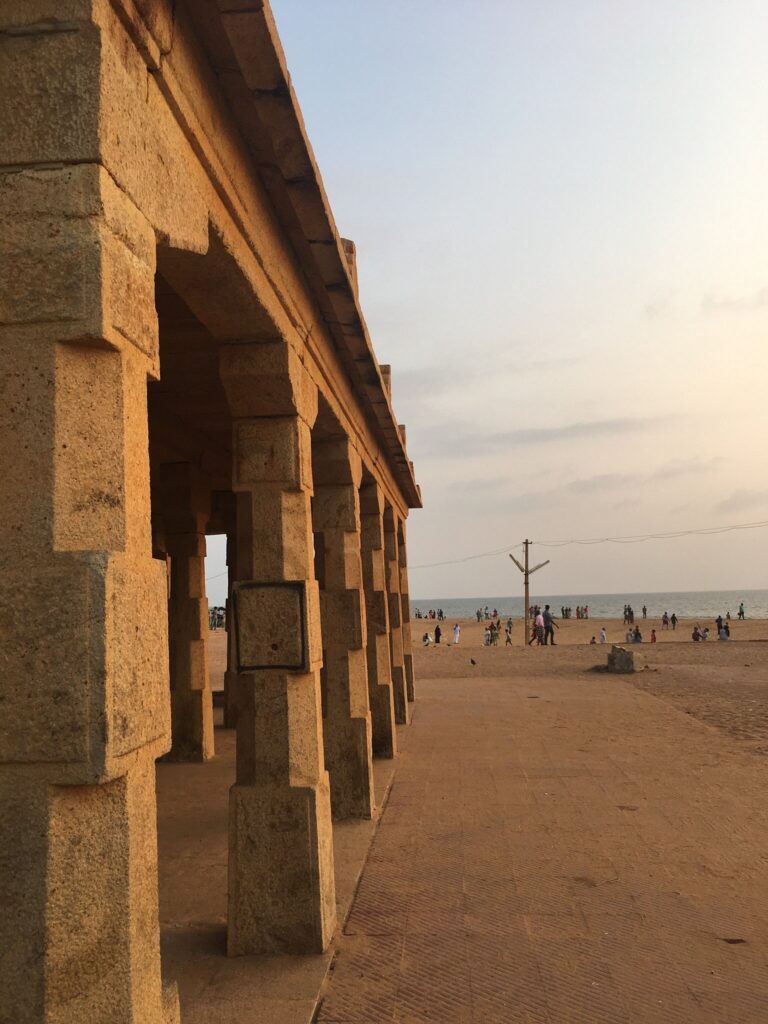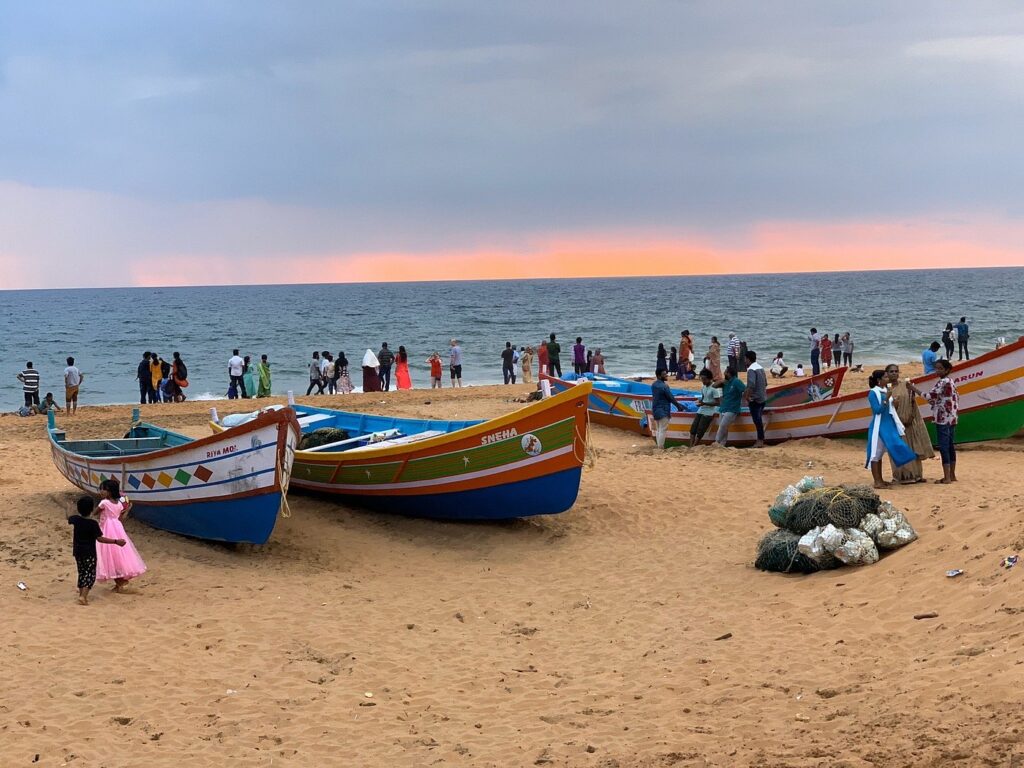Hello everyone! It’s been almost a month since my last post, and I’m excited to be back. Like many of you, I’ve been finding my way back to routine after a holiday break. The first week was all about essentials: restocking the pantry, diving into the mountain of emails, reconnecting with my team, and ensuring the fridge was ready for the remaining school holidays (no early mornings needed yet!).
Then came the “optional” tasks—gardening 🧑🌾, unpacking (which I’ve decided is highly overrated after holidays), cleaning, and laundry. Somewhere near the bottom of that list was getting back to blogging. So, while it’s taken me two weeks to feel settled, I’m counting that as a win!
A Return to Familiar Shores
This week’s blog takes you to my hometown, Thiruvananthapuram—the capital city of Kerala. I’ve been longing to visit Shanmugham Beach, a place my family frequented when I was a child. During my last visit in 2023, I heard concerning reports about rising sea levels eroding the beach, so I was eager to see the changes firsthand.
I was shocked to discover there’s virtually no beach left. The government has constructed an artificial barrier of rocks and walls—the only thing preventing the sea from engulfing the adjacent road and homes.





Where Tradition Meets Environmental Change
The Shanmugham Beach holds profound historical and cultural significance as the sacred site where the ‘Painkuni Fest’ culminates with the arattu (ceremonial bath) of Lord Ananthapadmanabhan (Lord Vishnu/Padmanabhaswamy). This grand 10-day festival at Sree Padmanabhaswamy Temple concludes with a magnificent procession carrying idols of Lord Padmanabhaswamy, Lord Narasimha, and Lord Krishna to the Arabian Sea for their ceremonial bath, conducted amidst regal splendour under the leadership of the Maharaja of Travancore and his retinue.


Remarkably, this centuries-old tradition continues to influence modern infrastructure, as the Thiruvananthapuram International Airport suspends flight operations twice yearly—this year for nearly five hours from 4:45 PM to 9 PM on April 11—to accommodate the holy procession that travels across the airport runway to reach the beach. This unique practice has been maintained since the airport’s establishment in 1932, demonstrating the enduring cultural importance of this spiritual event.
An Uncertain Future
However, this centuries-old tradition now faces an existential threat from rising sea levels and coastal erosion. The arattu kalmandapam, where the ceremonial bath takes place, stands precariously close to the sea. According to reports from the National Centre for Coastal Research (which I came across in the Times of India), the area is experiencing coastal land loss of nearly 4.7 meters per year.
As of June 2025, protection work for the ‘arattu kalmandapam’ at Shanghumugham is set to begin—a necessary intervention to preserve this cultural landmark.


Reflections from an Energy Systems Perspective
As someone who works on whole energy systems and decarbonization, witnessing these environmental changes firsthand brings a new urgency to my work. The erosion of Shanmugham Beach isn’t just a local issue—it’s a stark reminder of how climate change impacts our communities, cultures, and infrastructure. The very traditions that define us are at risk, demanding innovative solutions that balance preservation with adaptation.
What are your thoughts on preserving cultural heritage in the face of environmental challenges? I’d love to hear your experiences and perspectives in the comments below!
A nostalgic reflection